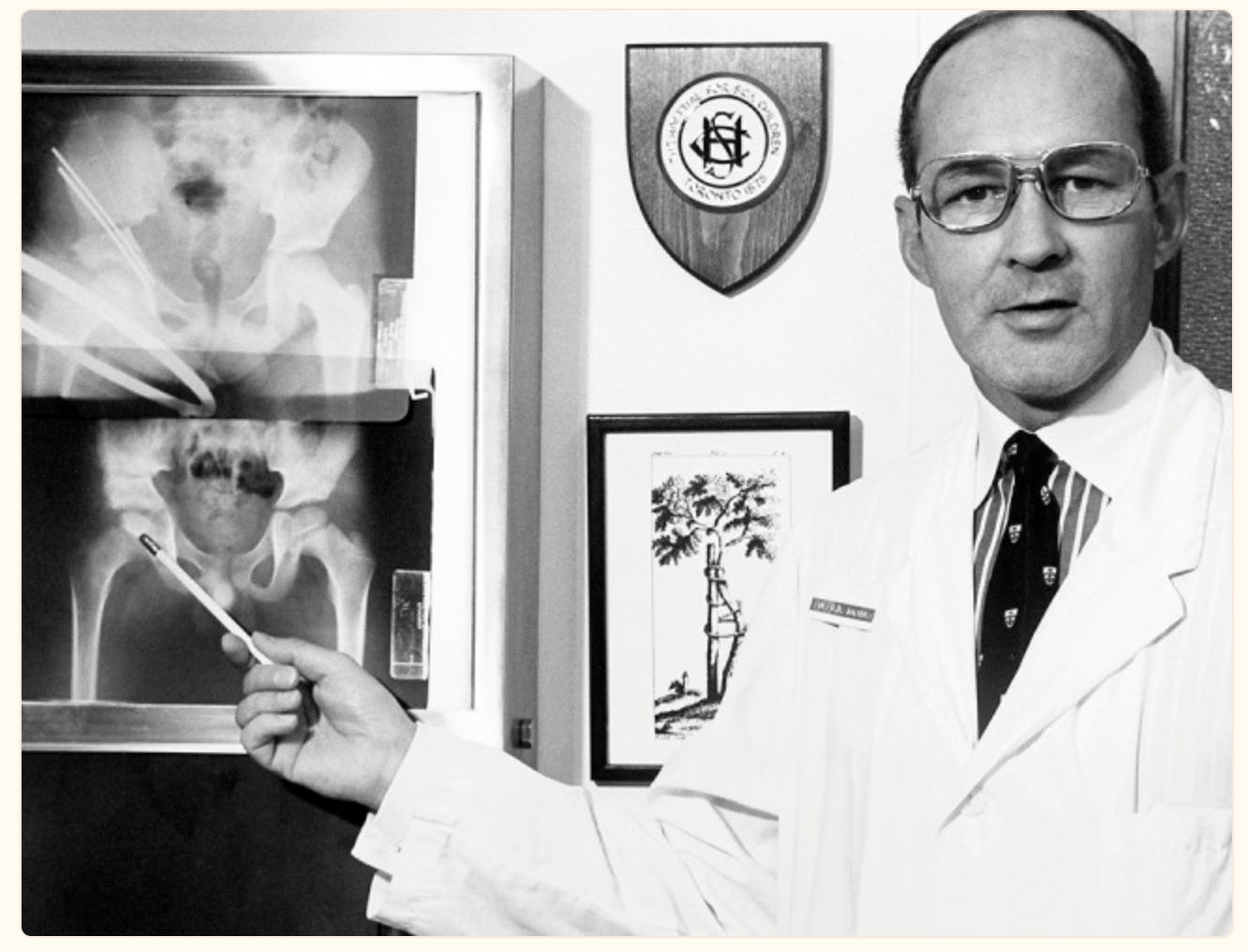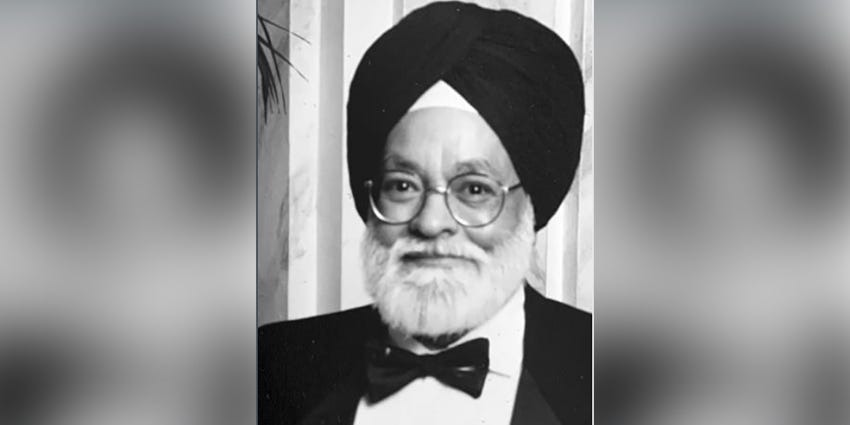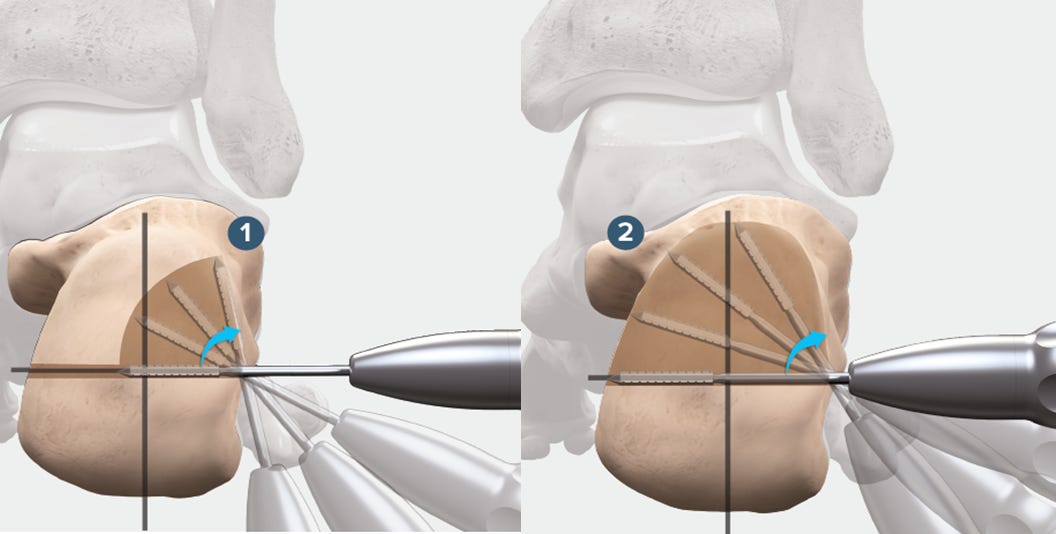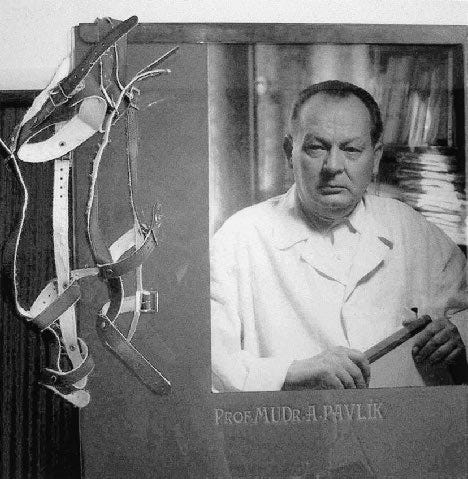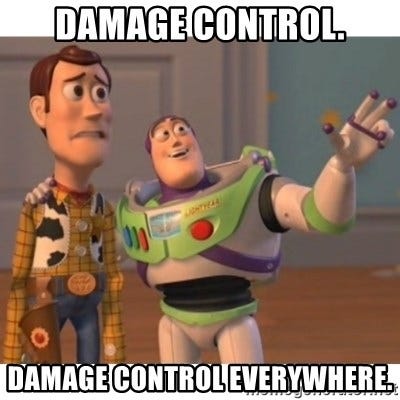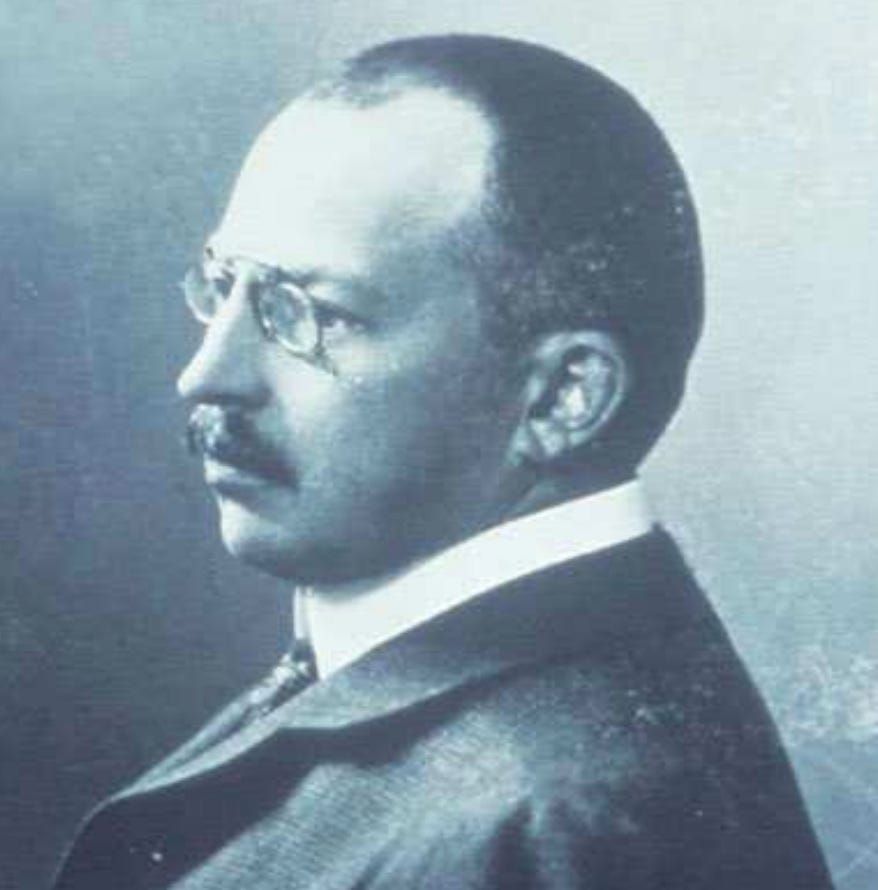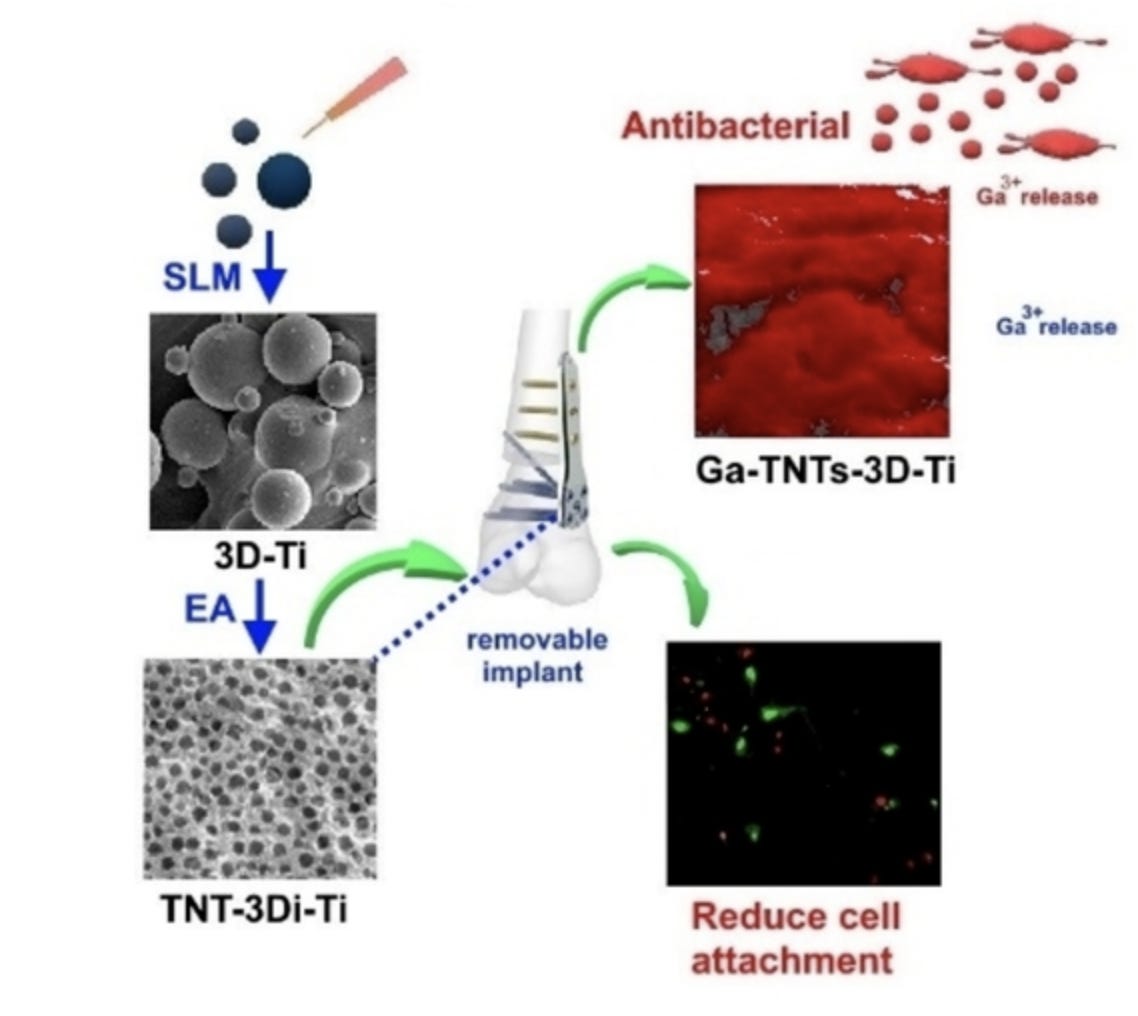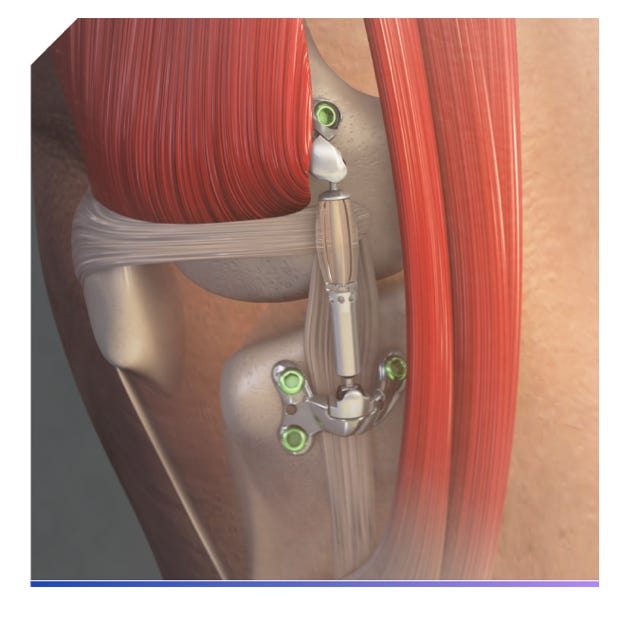Orthos+paideia = Orthopedie = Orthopaedics
Lets not forget the Paediatric part! - Brew reading special issue on Paediatric Orthopaedics
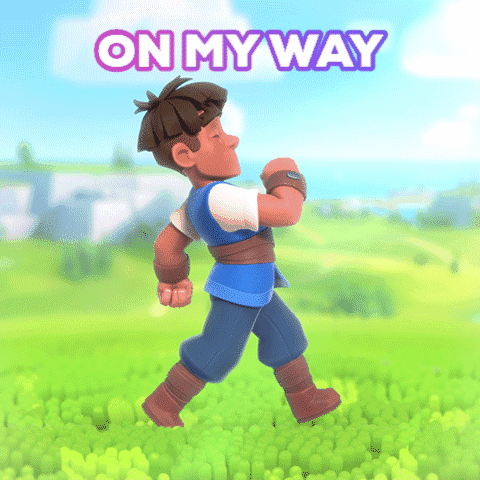
At last, a true sliding screw for hips
SCFE (Slipped Capital Femoral Epiphysis) fixation is akin to Bruce lee punching a wall without breaking the egg in his fist, only during every single step, the kid takes.
You don’t want the physis to close, don’t want further slip, want a stable construct to allow ROM, without penetrating joint line, but want the epiphysis to heal back to neck – all in one shot.

One of the overlooked complications is limb length discrepancy (LLD) during follow-up. Screw fixations report an LLD of 14mm. What if the screw could grow along with the child? Here comes “The Free Gliding SCFE screw system” - a literal sliding screw for us
It’s a sliding screw system with medial and lateral threaded fixations, connected through a tri-lobe self-extending shaft, aiming to increase overall stability (both longitudinal and rotational) while avoiding the risk of premature physeal closure. It is a 6.5 system, 2.9x stiffer and with load and moment yield 1.9x more than a 4.8 screw of the same length. The mean LLD on follow-up is 3mm. Upon its use in prophylactic cases, it allowed neck lengthening which theoretically can prevent CAM impingement. Both the studies have not noted any Chondrolysis. Luck? Or is there anything else at play?

Of course, we need more evidence but this seems an interesting line of thinking for SCFE fixation. Here is the link to how this works. Share your thoughts.

POSNA, JPO, Global HELP and much more…
Yes, we are talking about Prof. Lynn Taylor Staheli, the founding father of the Paediatric Orthopaedic Society of North America, the Journal of Paediatric Orthopaedics, and most importantly the Global HELP organization leading the Pediatric Orthopedics in under-developed countries.

Educated in Utah and Seattle, Staheli became the faculty of Orthopedics at the University of Washington - Children’s Orthopedic Hospital in 1968. Most of his research was on the normal variations of the lower limb in the pediatric age group.
“People do better when they are free and the foot does better when it’s left free”
said Prof. Staheli. His research work led to the avoidance of expensive treatments and surgeries for variations in pediatric lower limbs. In 1979 he founded the Pediatric Orthopedic Study Group which later became POSNA. He contributed 10 book chapters, 18 books, 17 innovations (including operative procedures and limb examination techniques), and delivered over 1000 lectures and presentations in 38 countries and 29 states.
His achievements as a clinician are truly remarkable. But what makes him stand tall among the legends in the field are his Humanitarian works. He worked hard to take western knowledge to the nook and corner of the developing and underdeveloped world. In the 1980s, Staheli started creating a digital library of Orthopedic books making them freely available to everyone. He made CDs with important textbooks to be distributed among surgeons. He created Global HELP, a not-for-profit organization to share knowledge on the management of various pediatric orthopedic conditions. The most notable contribution of Global HELP is revolutionizing the management of club foot. Currently, Global HELP has a presence in over 40 countries.
In 2018, he was awarded the “Humanitarian Award”, the most significant of many awards that he received during his decorated career.
From the Divergents ???? - Surgical pearl:
Are you facing problems of accurate reduction with elastic intramedullary nailing for distal tibial fractures in kids? Well here is the solution - the Divergent Intramedullary Nailing (DIN)
The technique starts as a classical ESIN. However, the nails are not curved in order to cross only once at the proximal part of the tibia. The nails are divergent from the proximal tibial metaphyseal diaphyseal junction to the distal tibia to the distal physis. Because they are divergent, the nails provide satisfactory reduction and stability. The diameter of the nail has to represent at least 40% of the medullary canal diameter at its narrowest part. Harly et al have confirmed the efficacy of this technique.

A 6 weeks delay - to the anxious moms !
After treating the club foot children with Ponsetti casting, every mother asks, “When will my child walk independently? Will there be any delay?”
To answer these, Barick et al. analyzed the age at which independent walking was established in infants with idiopathic clubfoot treated using the Ponseti method prospectively. They found a delay of 1.5 months in independent walking age in children with idiopathic clubfoot. Hence delay of 6 weeks is the answer to counsel these mothers.
Here is the new pacifier - the VR:
For those who are tired of pacifying the kids during interventions, here is the good news. VR is the new pacifier.
Shepherd et al. in their study among 32 children between 2-15 years found a 66% reduction in anxiety scores with VR during interventions. All participants stated they would use the device again.

For the last month's Question
Which of the following BE slabs would be the most economical and stable construct with maximum stability?

Right – Standard single thickness (3 mm)
Left – Standard double thickness (6 mm)
Middle – Standard single thickness (3 mm) with two triangular reinforced ridges.
Answer: Middle
The much lighter (220 g) reinforced single thickness cast was found to have equivalent strength and support comparable to the heavier double thickness cast (395 g) and similar in mass to the single-thickness cast (180 g).
Important events lining up…
Question of the Month?
Which among the following is a major predictor of no-show in a pediatric orthopedic clinic?
a. Insurance status
b. Waiting period
c. Clinic type
The answer is not based on an opinion poll but on a rigorous study of 131,512 encounters. To know the answer, watch out for our next issue.
Wishing you a joyous June!









